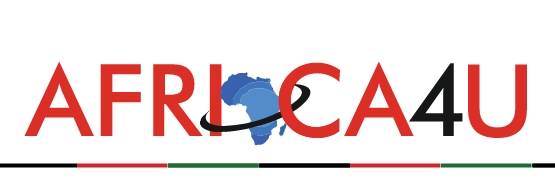(3 Minutes Read)
President Emmerson Mnangagwa officially inaugurated the Trabablas Interchange in Harare, formerly the Mbudzi Roundabout, signalling the completion of one of Zimbabwe’s most complex transport infrastructure projects. The new interchange connects three of the capital’s busiest roads—Simon Mazorodze, Chitungwiza, and High Glen—designed and built entirely by Zimbabwean engineers using local funding, at an estimated cost of USD 88 million.
The project, featuring 15 bridges with some reaching 18 meters high, is a showcase of the country’s technical capacity and commitment to sovereign infrastructure development. President Mnangagwa hailed it as a symbol of national talent and self-determination, while Transport Minister Felix Mhona described it as a benchmark for future urban development.
Looking ahead, the government plans to build six more interchanges across Harare and integrate smart traffic management systems to enhance urban mobility. Additionally, nine junctions along the J M Nkomo Road will be upgraded to improve traffic flow.
However, the project has drawn scrutiny over its high cost, with calls for an audit amid transparency concerns. The naming of the interchange—“Trabablas”—in honour of the president has also sparked public debate over the appropriateness and cultural relevance of such commemorations.
Read Also;
Despite the controversies, the interchange is viewed as a landmark in Zimbabwe’s push for infrastructure independence and could serve as a model for other African nations seeking debt-free development paths. As it enters its operational phase ahead of full commissioning in 2025, its effectiveness in easing congestion and promoting trade will be closely monitored.





